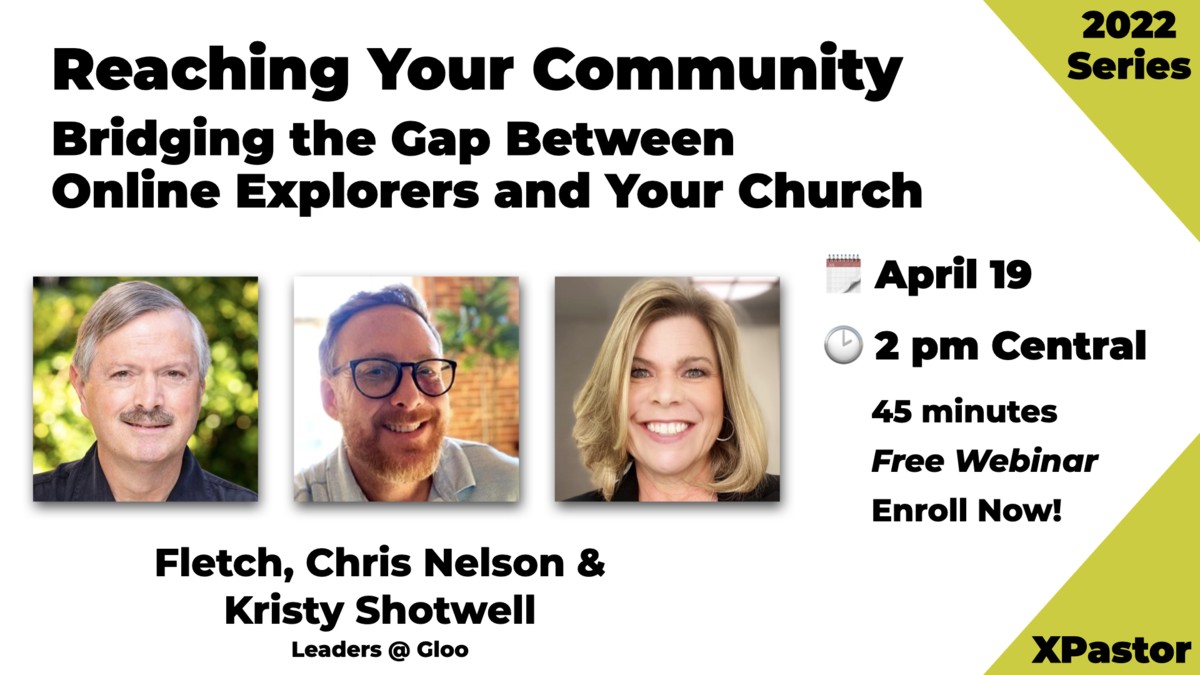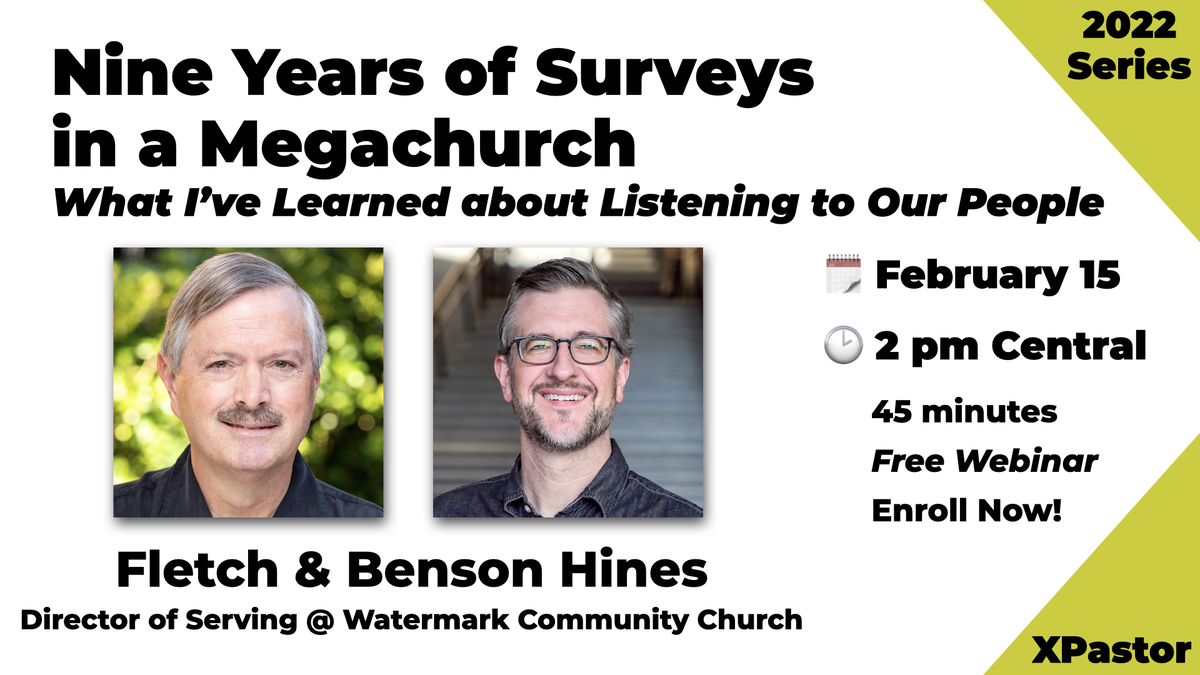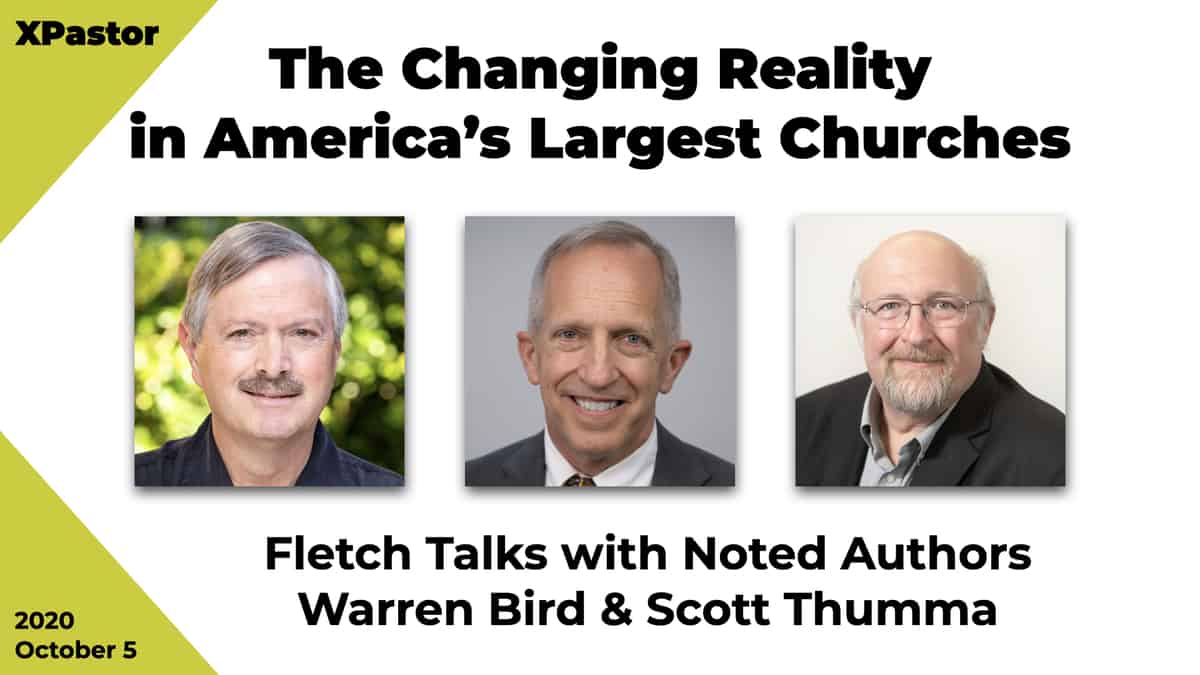These are unique and challenging times for churches. There are more distractions to draw people away from church involvement than ever before. These distractions make it difficult for attendees to fully participate in sermon series or even to financially support what traditionally would have been considered their home church.
I recently visited with several business administrators and executive pastors to talk about how demographic changes are affecting their ministry and budgeting. The inspiration for these discussions came after I heard about churches seeing a trend of individuals attending for a couple of weeks, and then going to another church in the area for a few Sundays. It appears that this is the result of a few factors, including multiple dynamic speakers and a variety of worship styles in the area. The churches I talked with also noted that attendees were attempting to please multiple members of the family, including high school students who may prefer the youth program at a different church. And we’re all well aware of the other things that can take people out of church services, including sports events, vacations, camping trips, and community activities.
If people aren’t attending your church, they can’t participate and they can’t give. As a result, some churches are considering meeting in places like a local school or YMCA, where there is little appearance of what might be considered a traditional church environment, or using a video venue to extend into a new community. Others view large paid staffs and bricks-and-mortar facilities as limiting how they operate. And still others are looking at operational issues, like a database that is only about 25% accurate, and wondering how realistic today’s churches can be when we’re stuck in the mentality of how church used to be.
The more engaged people are with a church, the more likely they are to support it financially. And the finances of a church are intertwined with every other aspect of ministry. So how can we measure the impact of all these changes? And how can we create an environment of engagement? New demographics, new expectations and new technology require new ways of encouraging stewardship.
Please note that this isn’t about turning ministry into a profit motive. It takes about eighteen months for an individual to begin giving resources to a church after he or she starts attending. It’s wonderful to see growth in attendance, but it comes at a cost. If you are not able to meet your obligations, serious budget cuts may be required—and this will directly affect the ministries you offer.
We’ve put together some suggestions from the senior church leadership I spoke with—suggestions on how to engage individuals and encourage their financial participation. Some of these ideas are new, while others provide a good reminder.
Foster connections
To achieve high participation rates, you need to focus keenly on connecting individuals with each other. At one church I spoke with, for example, 80% of adult attendees are involved in small groups. The content of these groups is based on the sermon, so if people miss the service, they are still involved and engaged in what was discussed on Sunday. This also creates a group of individuals who are more actively involved in each other’s personal lives. Another church creates summer community groups to keep people engaged during the months that traditionally have the lowest levels of attendance and giving.
Look through attendees’ eyes
Cottonwood Church in Cerritos, California took a unique approach and hired a few individuals who do not attend church at all to analyze every aspect of the church experience for a newcomer. The church wants to create an experience that is inviting, and most of us no longer have the objectivity to understand what might generate that result.
Connect with attendees online
It wasn’t too long ago that terms like “friending,” “blogging” and “tweeting” didn’t exist. The landscape and language have changed rapidly. Churches that want to attract people forty and under have active Facebook pages and posts about upcoming events. Some pastors blog frequently and many have thousands of followers on Twitter. The results are difficult to judge right now, but it’s important to evaluate the opportunities to reach people where they’re spending time.
Engage a stewardship expert
We often think of this when we want to embark on a capital campaign, but have you ever considered getting some outside perspective on the overall giving habits of your congregation?
Start early
Cornerstone Community Church in Westlake Village, California encourages kids to begin a habit of giving by supporting a missionary through the children’s program. Studies show that the younger we teach people to tithe, the more likely they are to actually do it.
Have a weekly focus
Cottonwood Church uses a three-minute giving exhortation at each service. This isn’t simply the pastor preaching or asking, but is done through real-life impact, with people sharing stories to show the blessing of giving and receiving ministry dollars.
Create special events
Horizon Christian Fellowship in Rancho Santa Fe, California hosts project-focused coffees and gives tours of projects they are raising funds for. This allows them to keep individuals better informed of what is going on in the church.
Consider gifts other than cash
At the recent national Christian Leadership Alliance conference in Dallas, several individuals spoke about the fact that more than 90% of donations come from cash, while the majority of most individuals’ assets consist of resources other than cash. I take a cautious approach to this subject. If a church is selective and employs a carefully crafted gift acceptance policy, however, there may be options that would benefit both the church and the donor. For example, a member of an Oklahoma church donated 3% ownership in his company to the church. This resulted in approximately $600,000 for the church, and the donor received a $250,000 tax break.
If your church membership is aging, you should consider making them aware of trust and estate options. One administrator I talked with pointed out that his church has members whose children are in their sixties and won’t need the benefits of an inheritance. Some of their members are directing significant portions of their estates to the church.
When I started these discussions with business administrators and executive pastors, I was hoping they would yield ways to measure the impact of changing attendance patterns on income and expenses, so that churches could create better budgeting techniques. While this wasn’t the outcome, I certainly had my eyes opened to new challenges, as well as many new opportunities to engage individuals and, in turn, affect the church in a positive way financially. I encourage your leadership team to step back and spend a couple of hours discussing new ideas that may change the way you operate, connect with your members, and reach potential new attendees.
Vonna’s article first appeared in the NACBA Ledger, Summer 2011.











